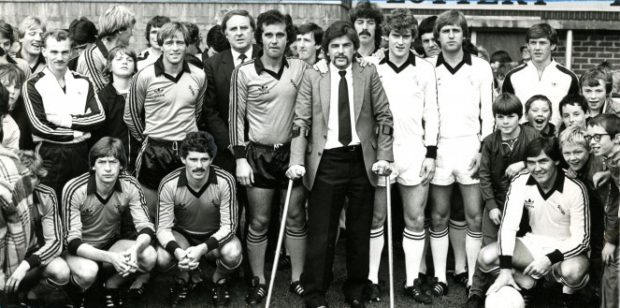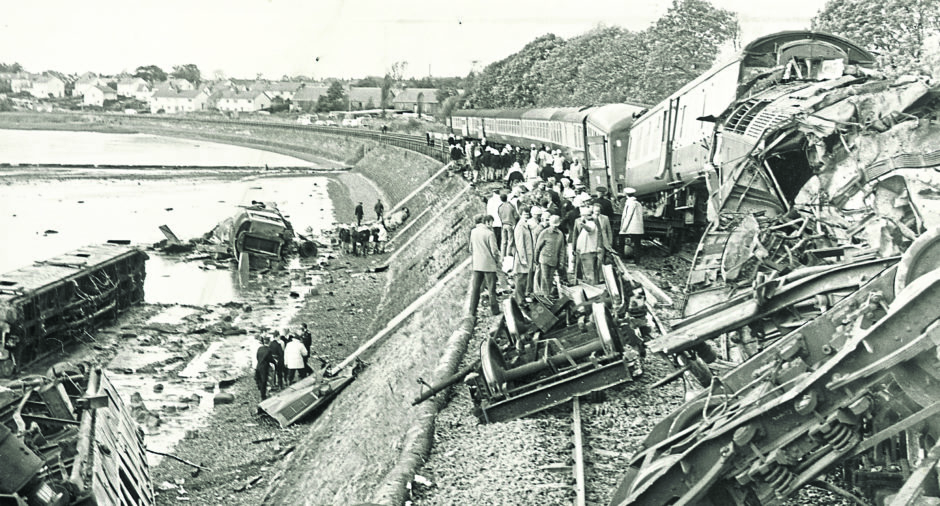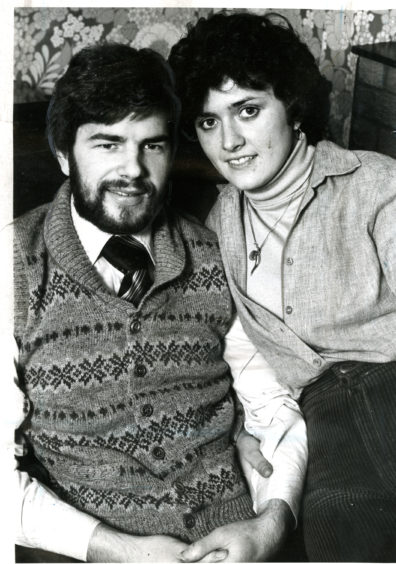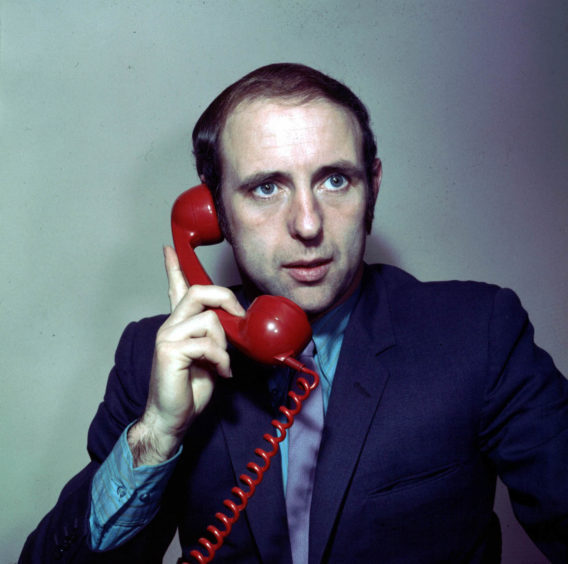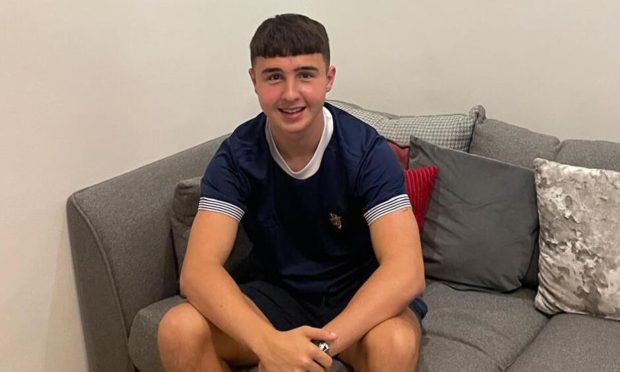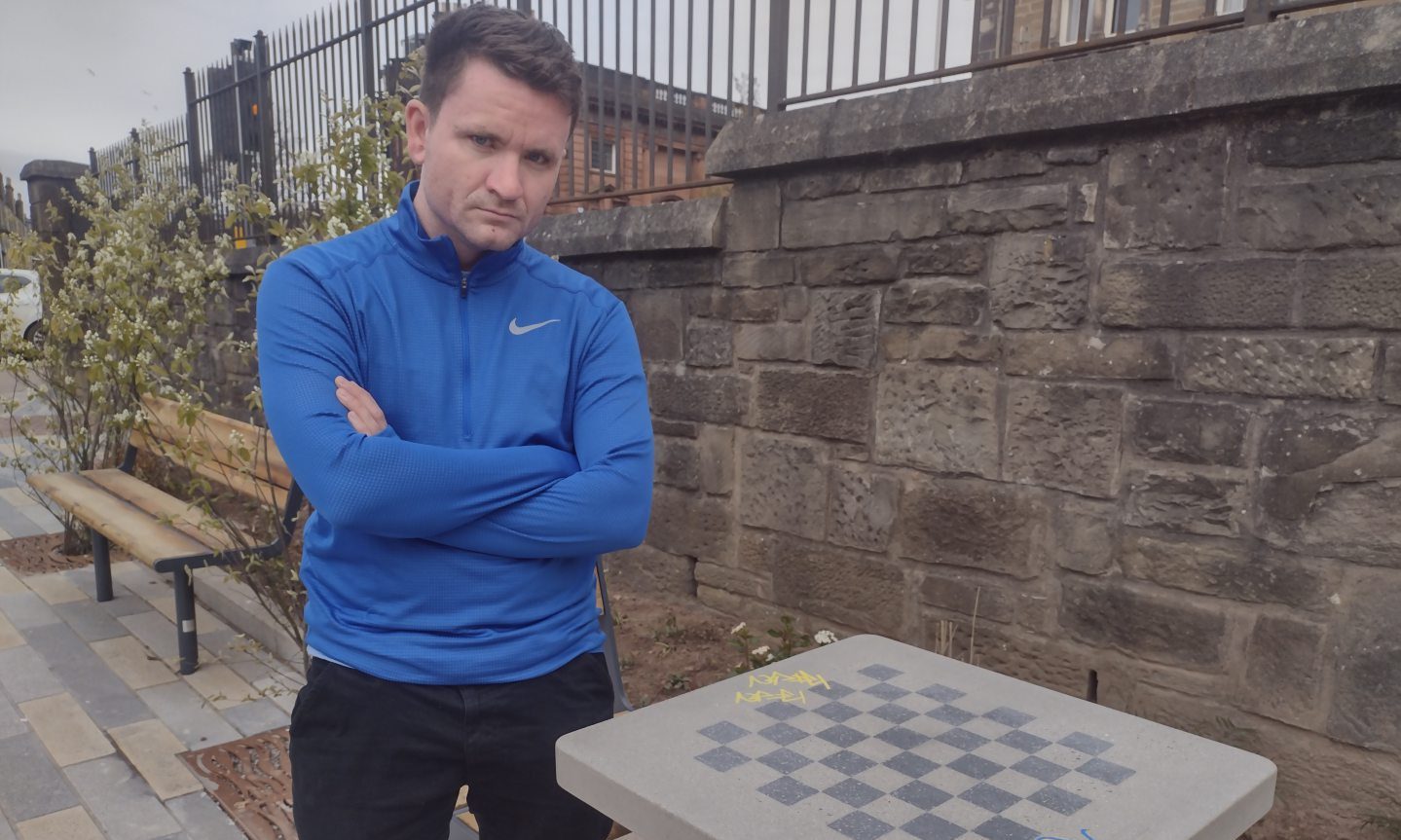A former Dundee United player whose career was ended by a horrific Tayside rail crash has told how he has turned tragedy to triumph to inspire the next generation of players.
Douglas Wilkie said Tuesday was a “dark day” because it marked 40 years since the Invergowrie Rail Disaster of 1979, which claimed the lives of five people and left 51 people injured.
Mr Wilkie was on his way to join his new club after signing from Queen’s Park when he was involved in the disaster, which had a profound and lasting effect on the local community.
He was paralysed from the waist down and had to give up football, aged just 23.
Mr Wilkie is still in a wheelchair but said that has not stopped him from inspiring hundreds of young players as head coach of Mearns United Boys Club in Glasgow.
He said he also scouts for Celtic FC after being appointed by Tommy Burns and Chris McCart and he played a part in the club signing Scotland star James Forrest.
Mr Wilkie’s sons Ryan and Kyle are also professional footballers.
He told The Sun: “You always have that thought of ‘what if?’
“I had a dark day on Tuesday because it was 40 years since the crash.”
Calamity struck on October 22 1979 when an Aberdeen-bound express from Glasgow slammed into the rear of a broken-down train just after 11am.
Such was the force of impact the engine burst into flames and threw over the sea wall four coaches from the stricken Glasgow to Dundee train.
The last two broke away completely and ended up in the River Tay.
Football was part of Mr Wilkie’s life since his school days and team-mates in those early days included Tommy Burns, Alex O’Hara and Joe Sweeney, who also eventually became professional footballers.
When with Eastercraigs, he had several senior trials with Wolves, Manchester City and Bristol City.
His next team was Fernhill and he played in the same side as Steve Archibald before he moved on to Queen’s Park.
Wilkie had five seasons at Hampden with Queen’s Park, he was voted Player of the Year, and he also earned a place in a Scotland Select side.
He fulfilled his lifelong ambition by signing professional forms and went to further his playing career with Dundee United under legendary manager Jim McLean.
Mr Wilkie said the crash “shattered my dreams of a football career” and when he was told he would never play football again he thought his world had come to an end.
He was given a benefit match at Tannadice on October 4 1981 which featured an East Select against a West Select with the latter winning 4-2.
The East Select was made up of players from Dundee United, Dundee, Aberdeen, Hibs and Hearts.
All the Dundee United players were available to play including Frank Kopel, with Dundee supplying Bobby Geddes, Eric Sinclair, Ian Fleming and Ian McDonald.
Gordon Strachan, Willie Miller and Mark McGhee came down from Aberdeen, with Stuart McLaren (Hearts) and Hibs duo Ally McLeod and Ralph Callachan completing the squad.
